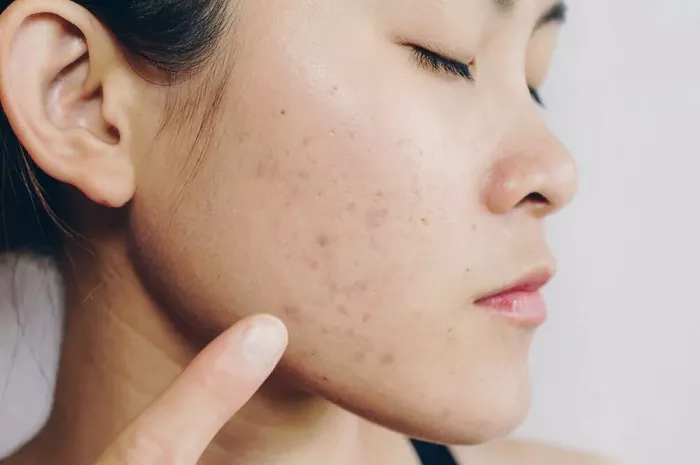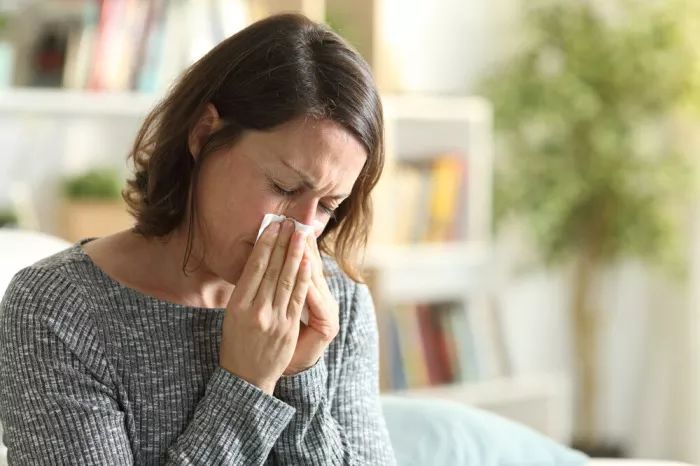Trends on social media and celebrity endorsements continue to shape people’s standards of beauty and often influence how individuals perceive their own skin tone. Some seek to lighten their skin through bleaching, while others pursue a deeper skin tone by tanning — but both practices carry serious health risks.
In a visually driven world, social media platforms define beauty standards, leading many to delve into the complexities of skin aesthetics.
Skin bleaching to achieve a fairer complexion is becoming increasingly common, while tanning to achieve a deeper skin tone is also gaining popularity. However, both of these trends raise serious health concerns that demand deeper scrutiny.
According to Dr. Dilshaad Asmal, a dermatologist at Cape Town Medical Clinic, the desire for lighter skin is deeply rooted in sociocultural and psychological influences.
“In many cultures, particularly in Indian, Asian, and African communities, fair skin has traditionally been associated with beauty, higher social status, and even better marriage prospects.
“Unfortunately, global media continues to amplify this notion, portraying fair skin as more desirable,” she explains.
Common Skin Bleaching Methods
In South Africa alone, a wide range of skin-lightening methods are available — from easily accessible over-the-counter products to unregulated remedies rooted in local folklore.
Asmal highlights the widespread use of hydroquinone, a common ingredient in topical bleaching creams.
“While hydroquinone can significantly reduce pigmentation, prolonged use can lead to severe side effects, including ochronosis — a disfiguring and irreversible blue-black pigmentation,” she warns.
Also concerning is the sale of steroid-based and mercury-containing creams often found in informal markets.
She urges caution, as these substances can thin the skin, delay wound healing, and — in the case of mercury — cause kidney and nervous system damage.
More recently, intravenous glutathione drips have seen a surge in popularity. These are offered in unregulated IV “bars” and lack solid scientific support.
“These can severely damage the liver and kidneys,” Asmal says.
Safer options include chemical peels and laser treatments administered by registered professionals.
However, unsupervised practices — particularly mixing household items like toothpaste and bleach in an attempt to whiten the skin — can lead to serious burns and exacerbate pigmentation issues.
The Risks Behind the Glow
The physical impact of skin bleaching extends beyond aesthetics. Skin thinning, eczema, acne, and increased sun sensitivity are just the tip of the iceberg.
“Many users initially aim to treat acne or sun-induced pigmentation. However, repeated use of harsh products, especially hydroquinone, can paradoxically darken the skin. This not only causes emotional distress but also results in permanent skin damage,” Asmal says.
Even those seeking a darker complexion aren’t exempt from risk. Tanning beds, sun exposure, and tanning oils carry well-documented hazards, including DNA damage and premature aging.
The World Health Organization has classified tanning beds as a Group 1 carcinogen, with studies showing that using tanning beds before the age of 35 increases the risk of melanoma by a staggering 75%.
“They also cause eye damage, cataracts, and even ocular melanoma.”
Meanwhile, tanning oils that stimulate melanin production clog pores, cause folliculitis and acne, and significantly increase the likelihood of burns.
Safer Skincare Alternatives
While no method of altering skin tone is completely risk-free, those struggling with uneven or dull skin tone do have safer alternatives.
Consulting a dermatologist can help identify appropriate skincare products containing ingredients like azelaic acid, kojic acid, vitamin C, niacinamide, retinoids, and alpha or beta hydroxy acids — all of which can correct pigmentation when used under professional supervision.
Chemical peels and medical-grade lasers may also help with pigmentation correction, but should only be performed in controlled environments by qualified professionals.
For those wishing to darken their skin, self-tanning lotions and sprays containing dihydroxyacetone (DHA) are safer alternatives. However, Asmal notes that even these products carry minor risks when used in spray booths, such as skin irritation or respiratory issues.
The Golden Rule: Protect Your Skin
Regardless of skin tone preferences, Dr. Asmal emphasizes that the most crucial skincare habit is applying broad-spectrum sunscreen daily.
“Sunscreen is essential to prevent darkening of pigmentation, premature aging, and to reduce the risk of skin cancer,” she says.
Unprotected sun exposure has cumulative effects, leading to severe conditions such as actinic keratosis, melanoma, and basal or squamous cell carcinoma. It also causes photoaging — wrinkles, sagging, and textural changes — resulting in premature aging of the skin.
“People often underestimate the long-term impact of UV exposure. Even one severe sunburn can irreversibly damage skin cells and blood vessels, increase sensitivity, and trigger chronic skin diseases,” she concludes.
“No matter the goal — lighter or darker skin — altering your natural skin tone should never come at the expense of your health.”
Related Topics































